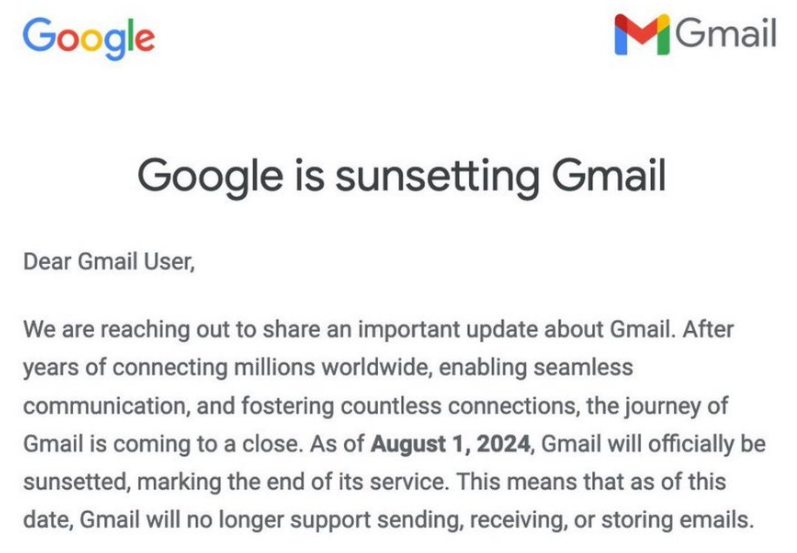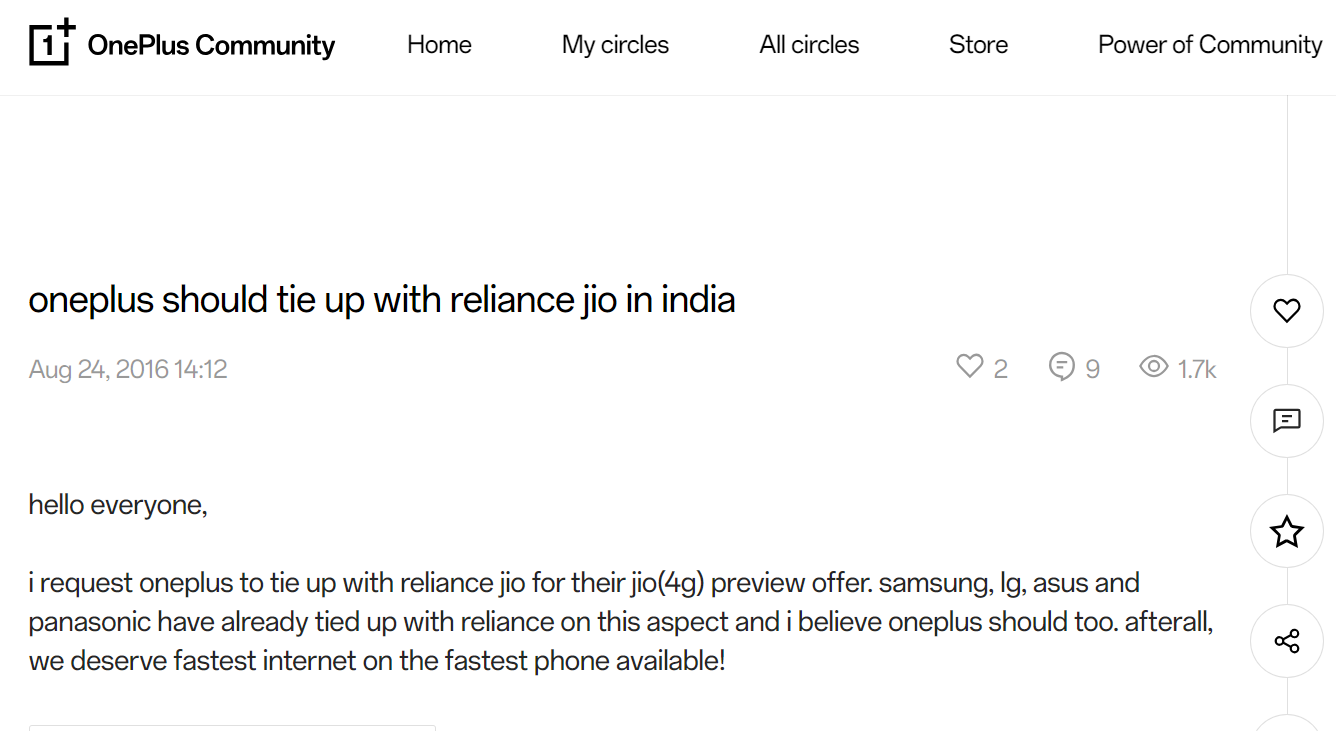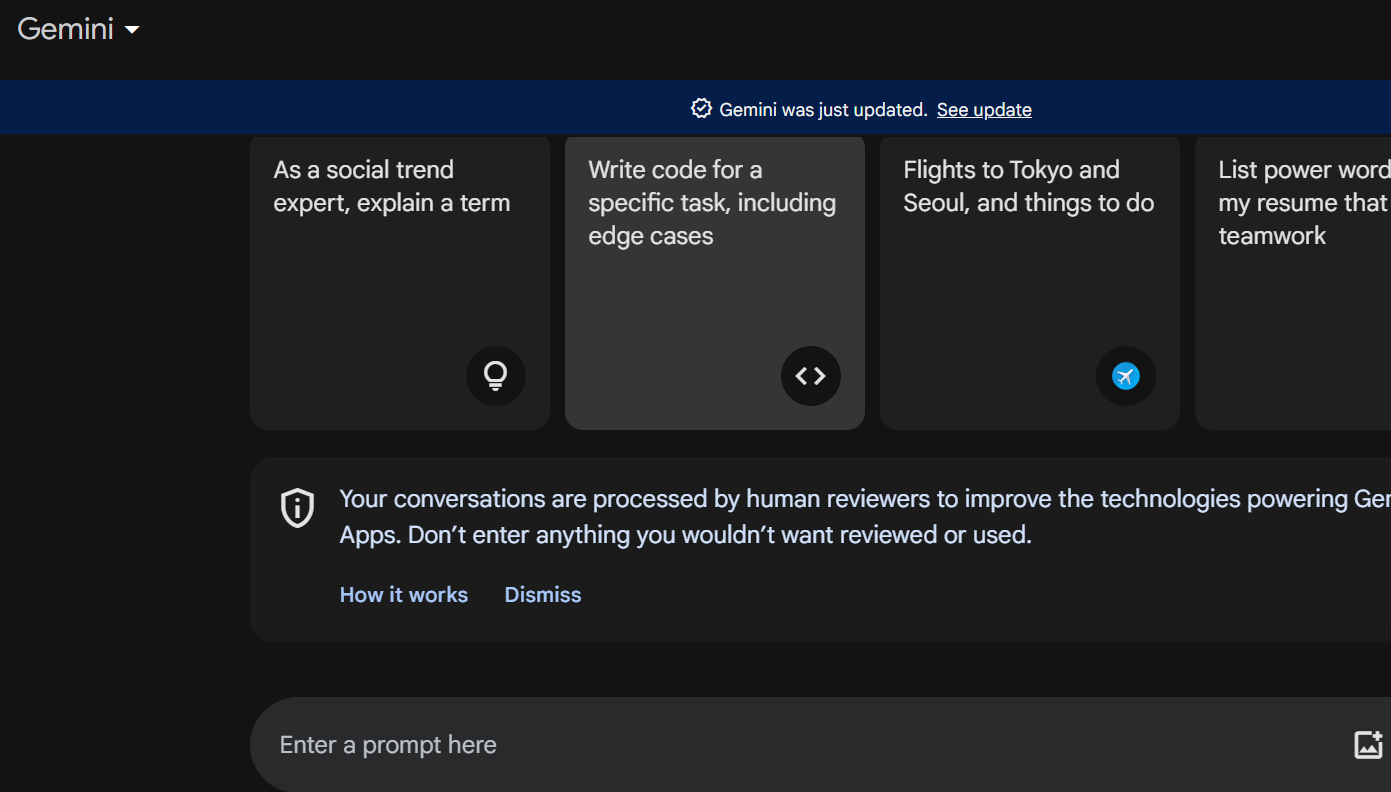Table of contents
In the coming months and years, decentralized identities and reputations may change the game since Web 3.0 has features that the previous web could not have imagined, while Web 2.0 lacks the majority of features, including control over the data, and is siloed and under the control of centralized authorities.
Pseudonymous users that choose to keep items and even their real-world identities private more frequently create original content on the Web. In some ways, it is liberating that everyone can get the chance to take part in the project and provide value for the community.
As decentralized identities spread, there is a problem that must be addressed in addition to making sure users have a mechanism to check the reputation of others. Let's say a user is preparing to begin a DeFi (1) project and wants to make sure the source is reliable and trustworthy.
As more crypto enthusiasts explore the idea in-depth and offer proof that it is possible to trust other users without knowing their names and background, this has gained a reputation in Web 3.0 as a problem to be concerned about. This may represent a welcome change from the current reality when nothing you read online can be trusted.
Since bots can alter reality and the views of users and businesses, phony product testimonials have long been a concern.
Decentralized Identities
DIDs (2) are still in their infancy as a concept, but it is anticipated that they will enable users to store much more in their crypto wallets than just altcoins and NFTs, providing a rich background that is visible to all. The profiles that many users meticulously build on social media sites, however, are managed by a centralized authority that has complete access to all the user's data.
The proof-of-attendance protocol is a shining illustration of how technology has great potential, and POAP NFTs (3) can be used to demonstrate attendance at specific events like conferences or concerts. Since NFTs can be transferred easily, one could buy a token that states they have achieved something in its place, but new products are entering the market that could prohibit this. This shows a variety of future use cases with only one issue that needs to be addressed.
A non-transferable version (4) of NFT needed to be developed to make real improvements to how governance is carried out for decentralized autonomous organizations, as innovations find ways to faithfully record the accomplishments and qualities that constitute reputation online. This raises the possibility that digital reputations aren't really necessary in the first place, as one key driver is the data's dispersion over many social networks and websites, making it challenging to move data between them.
The most significant disadvantage of Web 2.0 is that having a five-star reputation on one application does not automatically imply having the same reputation on another.
Why does reputation matter in Web 3.0?
One of the key Web 3.0 platforms is concentrating on a project that established reputation power RP that could be acquired through on-chain achievements. Reputation is one of the biggest issues on Web 3.0. Users will be able to get RP instead of managing protocols, DApps, and decentralized autonomous businesses instead of implementing smart contracts or creating NFTs.
Web 3.0 represents a future in which a person's online reputation can be quickly examined on just one profile, bringing together all facets of life and serving as the best means of showing a user's credibility, engagement, and trustworthiness as well as their social contributions.
While a $100 million fund was set up to support projects being developed on Metis (5), such as DeFi protocols, NFT collections, metaverse platforms, and games, developers may be drawn to this platform because it has some of the lowest fees of any layer-two blockchain, making microtransactions more accessible.
There is a reliable, expandable, affordable, and decentralized technical infrastructure called Smart Layer 2 that can support the resilience the Web3 economy requires while simultaneously providing a secure environment that can handle increasing user demand. The benefit of Web 3.0 technology could be new capabilities that establish reputation-indicating profiles and increase user credibility.























